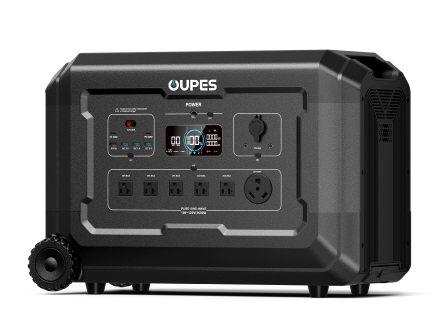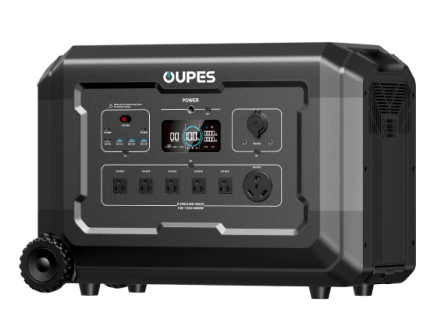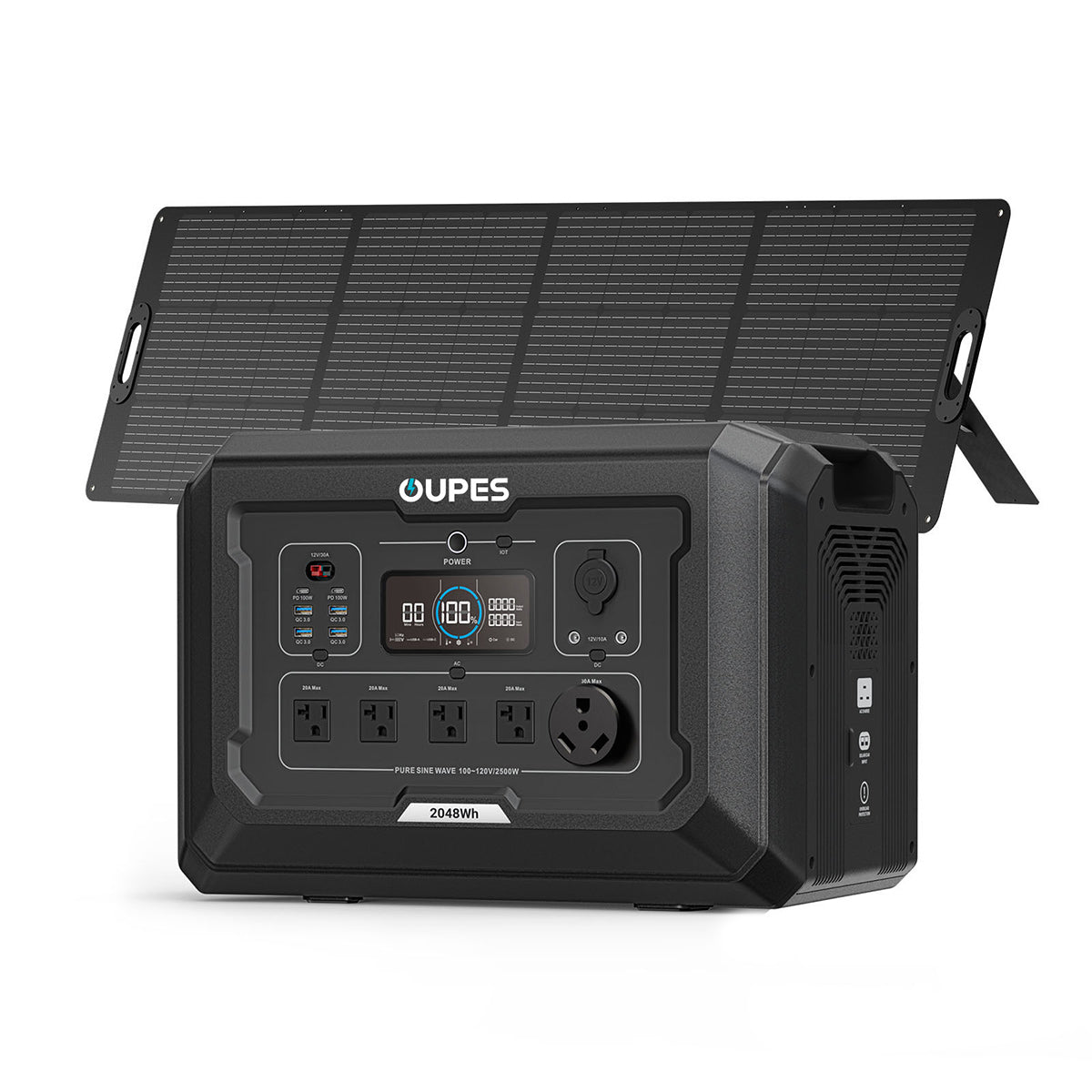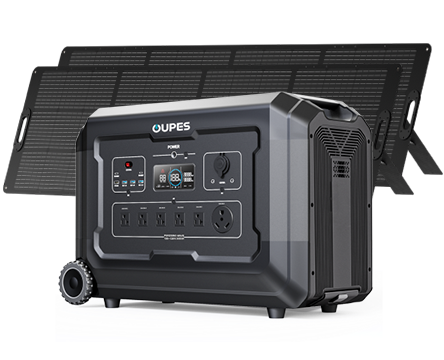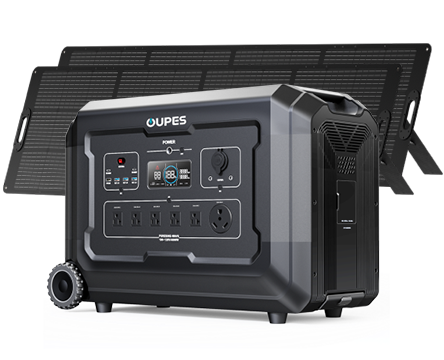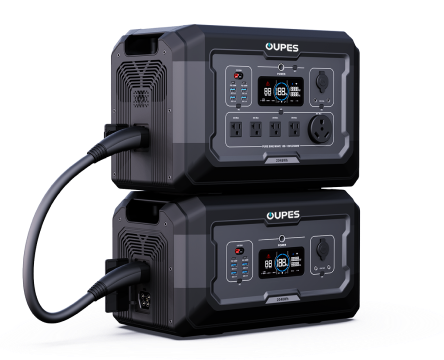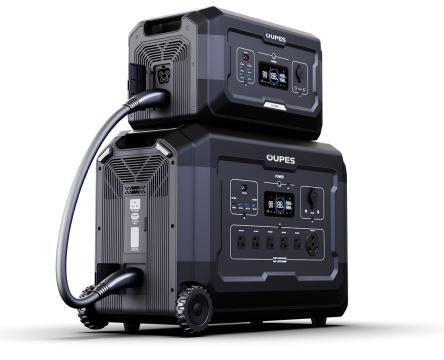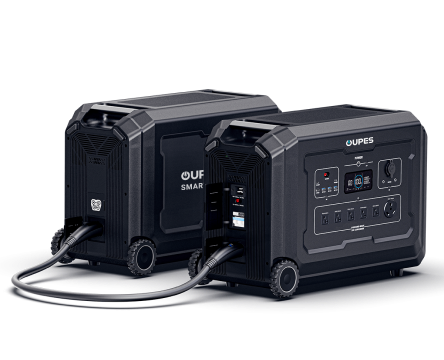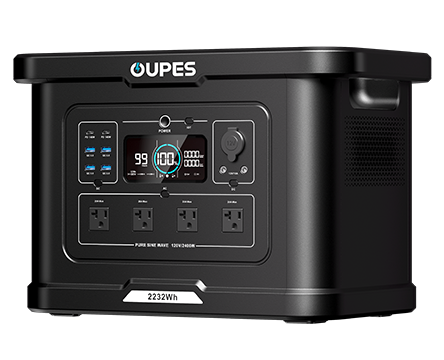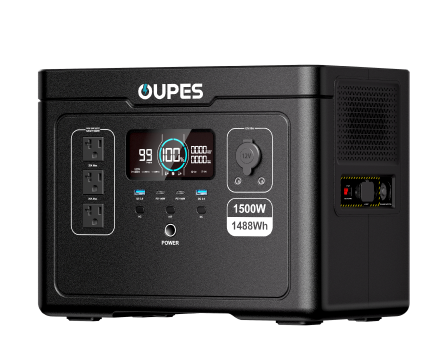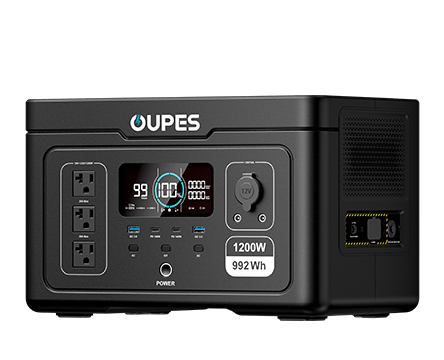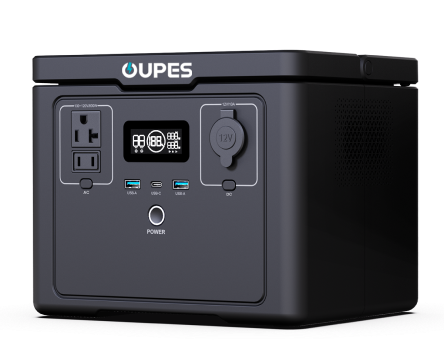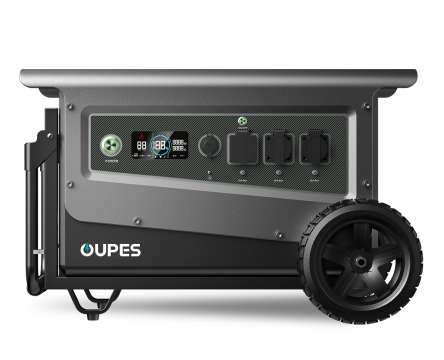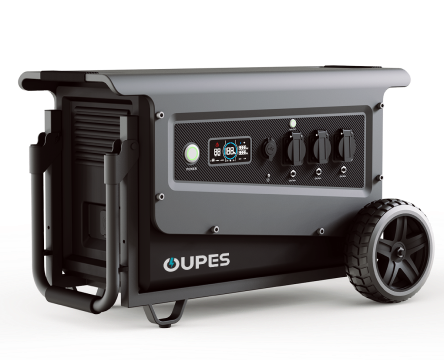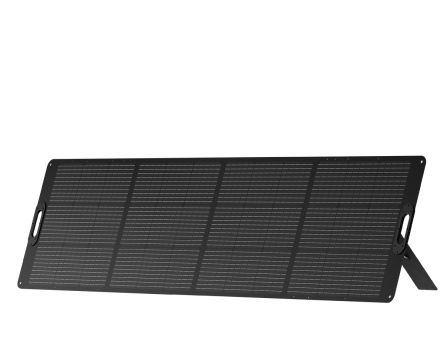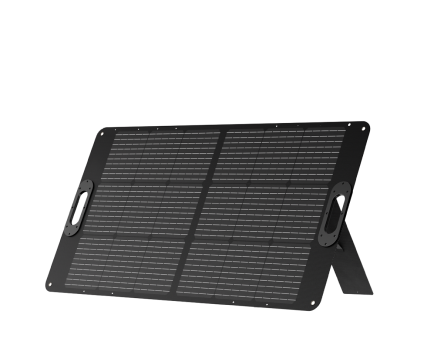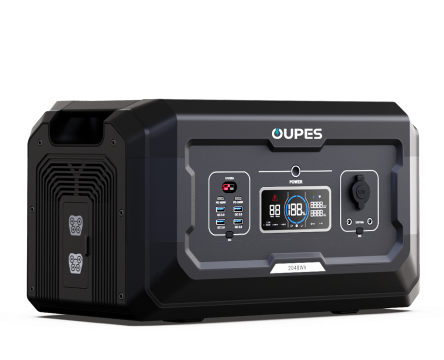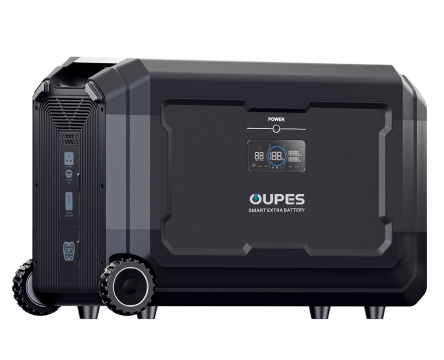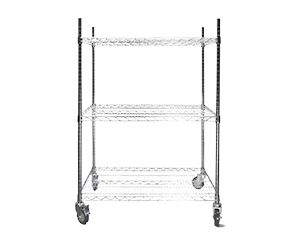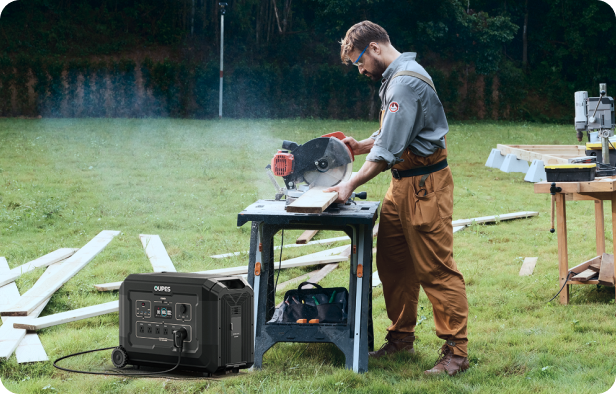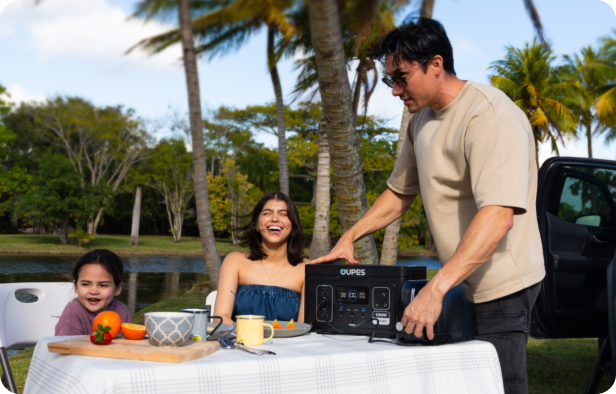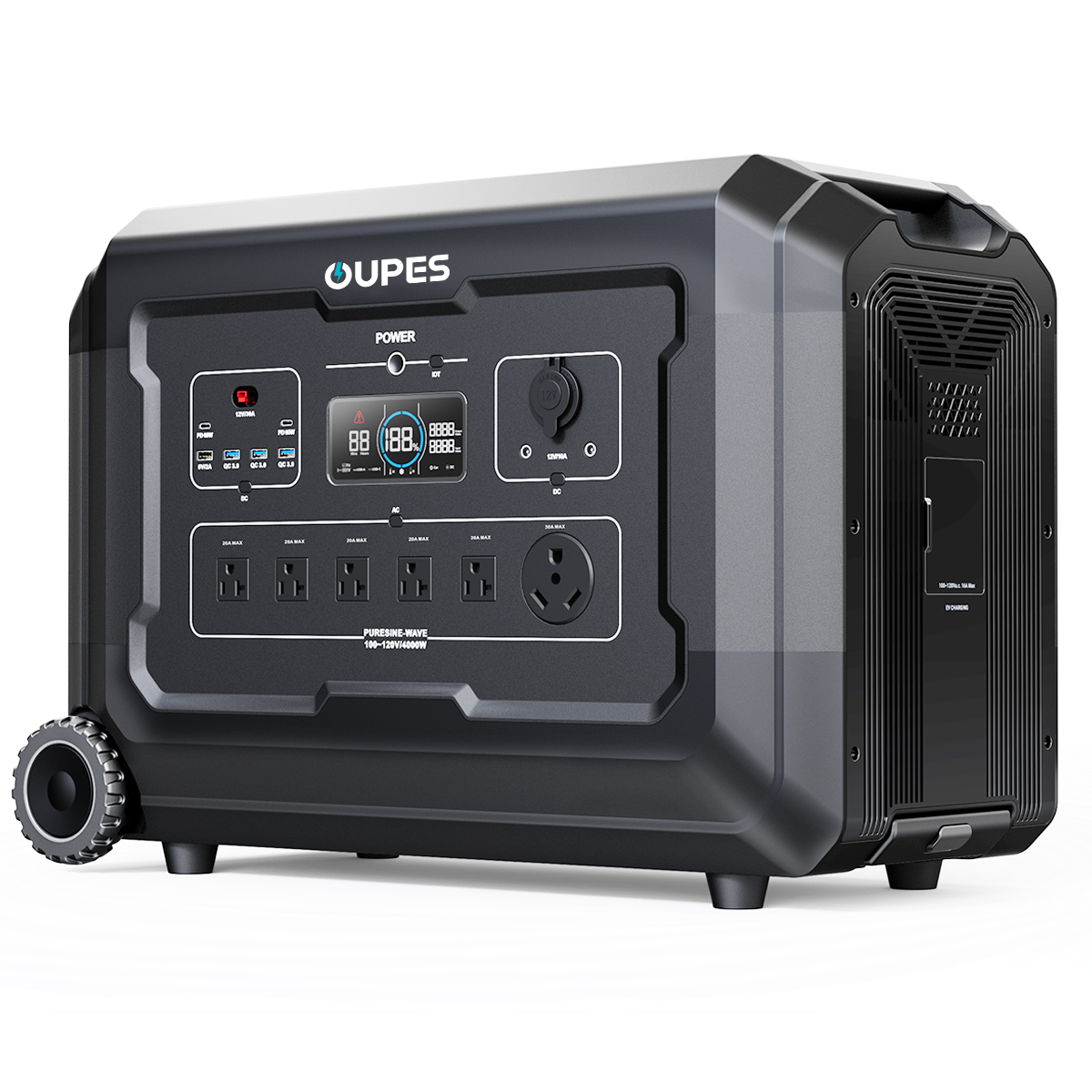
One of the most pressing questions for solar generator users is: How long does it take for a solar panel to charge a generator fully? The answer varies depending on multiple factors, including solar panel wattage, battery capacity, sunlight conditions, and charging efficiency. Understanding these variables is essential for optimizing charging times and ensuring a reliable power supply. In this guide, we will explore the different aspects that influence charging duration and how you can maximize efficiency when using an OUPES solar generator.
Factors That Affect Solar Generator Charging Time
Several crucial elements determine how long a solar panel will take to charge a generator. These include:
- Battery Capacity: The total energy storage of the generator, measured in watt-hours (Wh), plays a significant role in determining charging time. A larger battery takes longer to charge compared to a smaller one.
- Solar Panel Output: The wattage of the solar panel affects how much energy it can generate per hour. Higher-wattage panels can charge a generator more quickly.
- Sunlight Availability: Solar energy production depends on the availability of direct sunlight. Cloudy or rainy conditions can reduce charging efficiency.
- Charge Controller Efficiency: OUPES solar generators feature MPPT (Maximum Power Point Tracking) controllers, which optimize power absorption and reduce energy loss.
By understanding these factors, users can estimate their charging duration more accurately and plan accordingly.
Calculating Solar Panel Charging Time
The basic formula for estimating charging time is:
Battery Capacity (Wh) / (Solar Panel Wattage x Sunlight Hours) = Estimated Charging Time
For example, if an OUPES solar generator has a 1000Wh capacity and is charged using a 200W solar panel in an area with 5 hours of direct sunlight, the calculation would be:
1000Wh / (200W x 5 hours) = 1 charging cycle (approximately)
However, external factors such as energy losses due to inefficiencies in the conversion process may slightly extend the actual charging time.
Optimizing Solar Panel Efficiency for Faster Charging
To maximize solar charging efficiency, follow these strategies:
- Use High-Efficiency Solar Panels: Monocrystalline solar panels, like those compatible with OUPES generators, provide superior efficiency compared to polycrystalline alternatives.
- Adjust Panel Placement: Positioning panels at the optimal tilt angle and ensuring they receive maximum sunlight exposure enhances charging speed.
- Utilize Parallel Connections: Connecting multiple panels in parallel increases the overall wattage, reducing the total charging time.
- Keep Panels Clean: Dust, dirt, or snow accumulation on panels can decrease efficiency, so regular cleaning is essential.
Implementing these measures can significantly reduce charging time and improve overall energy utilization.
The Impact of Weather and Seasonal Variations
Weather conditions and seasonal changes have a direct effect on solar charging times. In summer, longer daylight hours and higher solar intensity lead to faster charging, while winter months often result in extended charging durations due to shorter days and lower sun angles.
To compensate for seasonal variations, users can:
- Increase the number of solar panels in winter to compensate for reduced sunlight.
- Use a backup charging method, such as AC charging, during prolonged cloudy periods.
- Optimize battery storage to retain more energy for use during low-sunlight days.
OUPES solar generators are designed to perform efficiently in varying conditions, making them a reliable power source throughout the year.
Conclusion
Estimating how long a solar panel will take to charge a generator depends on multiple factors, including battery capacity, panel wattage, and environmental conditions. By using high-efficiency solar panels, optimizing placement, and considering seasonal changes, users can significantly improve their charging speeds.
OUPES solar generators offer cutting-edge technology with efficient MPPT controllers and adaptable configurations, ensuring optimal solar energy absorption. Whether for off-grid adventures or emergency preparedness, understanding and optimizing solar charging ensures uninterrupted power when you need it most.


